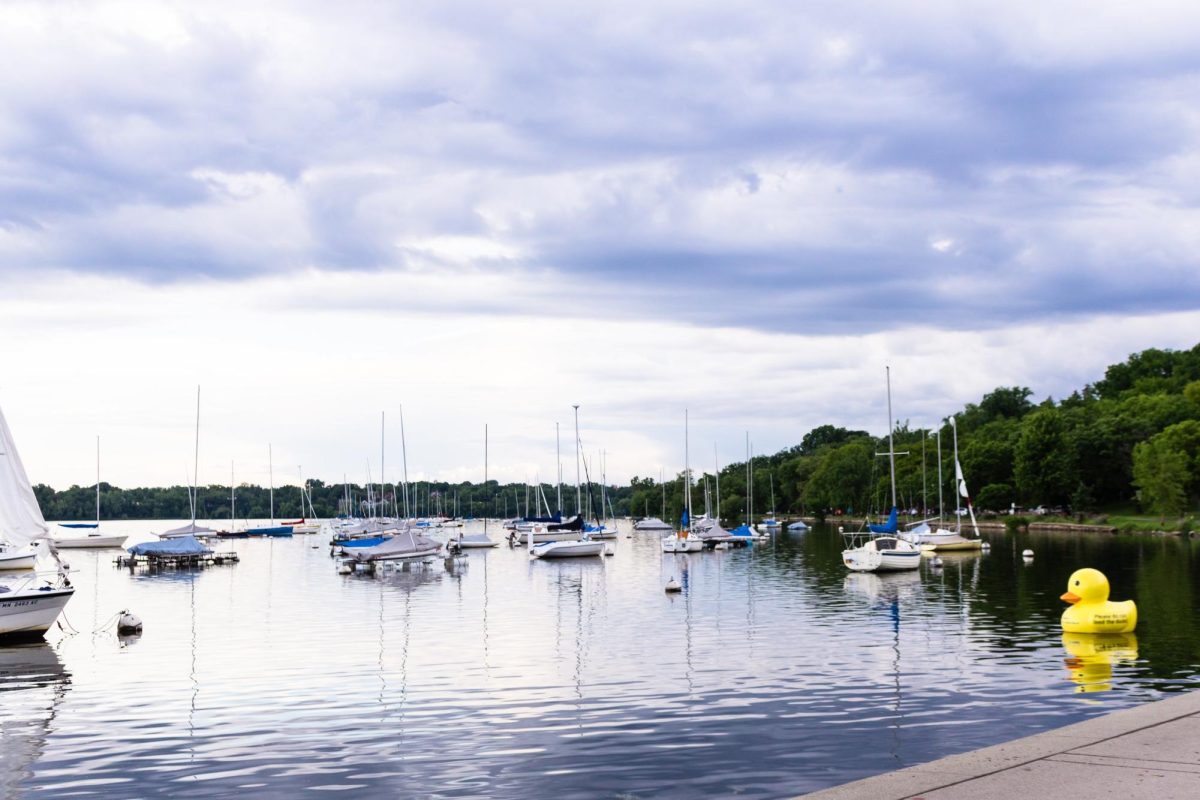Beaches on Lake Harriet, Bde Maka Ska and Lake Hiawatha closed this summer after the Minneapolis Parks and Recreation Board (MPRB) found high levels of bacteria in the water.
The high bacteria levels may be caused or affected by heavy rain or wind, time of day, beach wildlife, amount of people and physical characteristics of the beach. There is no specific date for when the beaches will reopen, but they will become operational once bacteria levels have lowered, according to MPRB Spokesperson Rachael Crabb.
MPRB tests lake water quality once a week for the level of E. Coli bacteria. The level of E. Coli in the water indicates how likely it is for people to get sick from the water, according to the MPRB website.
People can keep track of E. Coli levels and which Minneapolis beaches are open using the lake water quality map on the MPRB website.
MPRB is not the only group that tests for water quality in Minneapolis. The Minnesota Pollution Control Agency (MPCA) also monitors the water quality of lakes and watersheds throughout the state.
Kimberly Laing, the surface water monitoring manager for the MPCA, said the Agency tests the major lakes regularly on a 10-year cycle thanks to the Clean Water Fund.
The Clean Water Fund began in 2008 and allocates 33% of sales tax revenue towards protecting the water quality of lakes throughout Minnesota, according to the MPCA website.
“Prior to the Clean Water Fund, we were just chasing problems,” Laing said.
When checking water quality, the MPCA tests for chemicals like sulfates, nitrates and chlorophyll, as well as long-lasting chemicals like perfluoroalkyl and polyfluoroalkyl substances (PFAS), Laing said. PFAS, also known as forever chemicals, break down very slowly over time and have been known to be harmful to humans and animals.
“We are just starting to implement PFAS monitoring for water bodies that are designated for drinking water use,” Laing said.
According to Laing, MPCA also tests fish in rivers for PFAS to prevent people from eating contaminated fish.
Laing added every five years the MPCA randomly samples a set of lakes for all possible contaminants.
The MPCA regularly works with volunteers and other organizations to properly monitor lakes throughout the state, according to Laing.
“The more people, the better we can understand the state’s waters,” Laing said.
People can visit the water resources and beach water resources web pages to learn more about lake water quality in Minneapolis, according to MPRB spokesperson Robin Smothers.
People can also help preserve lake quality by reducing lawn fertilizers, removing leaves and grass from storm drains and cleaning up after their pets, according to the MPRB website.
These simple tasks can keep excess nutrients out of the lake, Laing said.
“Think of it as a vitamin,” Laing said. “You don’t want too (many) vitamins, but you need a little bit.”
Laing said it is important to always look for signs of blue-green algae, a bacteria that can cause people and animals to get sick.
“It looks like pea soup or spilled green paint,” Laing said.
People can report blue-green algal blooms to the Environmental Protection Agency using the bloomWatch app, Laing said. She added even with these resources, it can be difficult for people to gauge if the water quality is safe for swimming.
“When in doubt, stay out,” Laing said.








